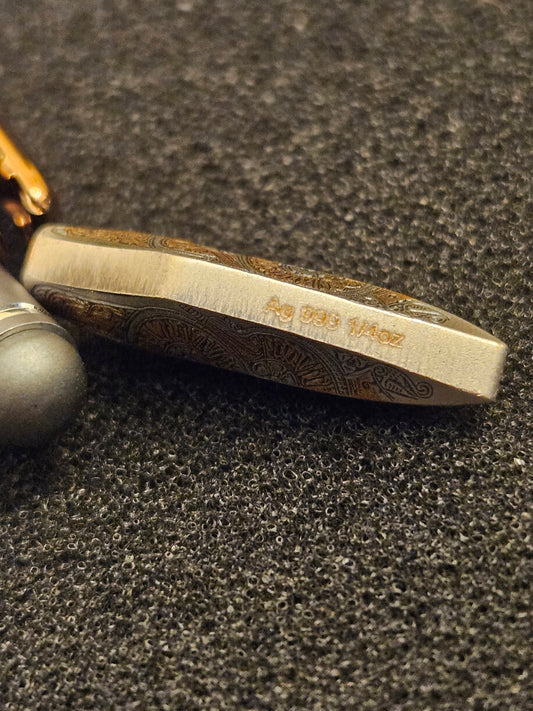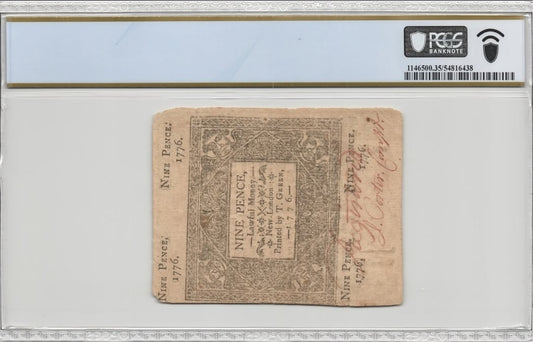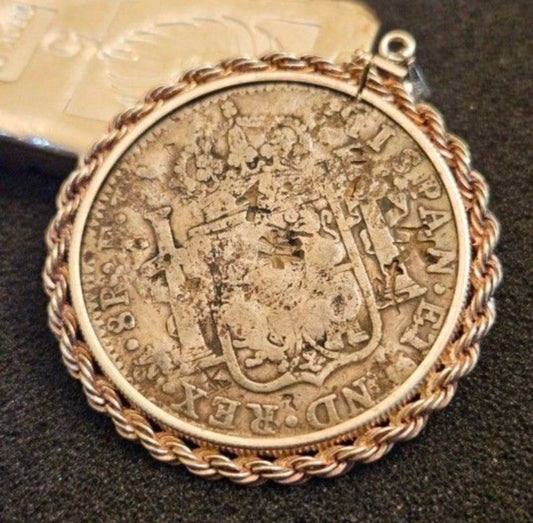Featured products
-
.999 silver Speer Head
Regular price $22.00 USDRegular price -
 Sold out
Sold out10 Peace dollars (random years )
Regular price $330.00 USDRegular price -

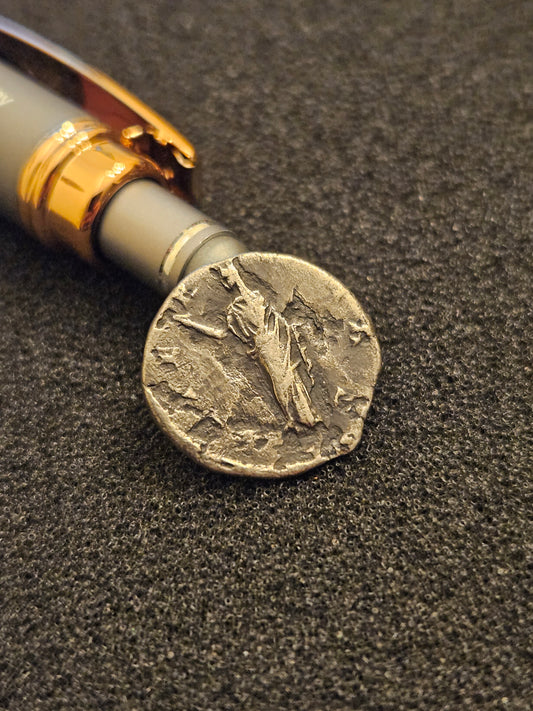 Sold out
Sold out147 - 176 AD Faustina
Regular price $100.00 USDRegular price -
 Sold out
Sold out16.99 Oz vintage silver bar
Regular price $720.00 USDRegular price -
1776 Connecticut Colonial Currency
Regular price $425.00 USDRegular price -
1800s Spanish Half Reale
Regular price $42.00 USDRegular price -
1803 Spanish 8 Reales pendant with Chopmarks
Regular price $200.00 USDRegular price -
1820 Brazil 960 Reis
Regular price $65.00 USDRegular price
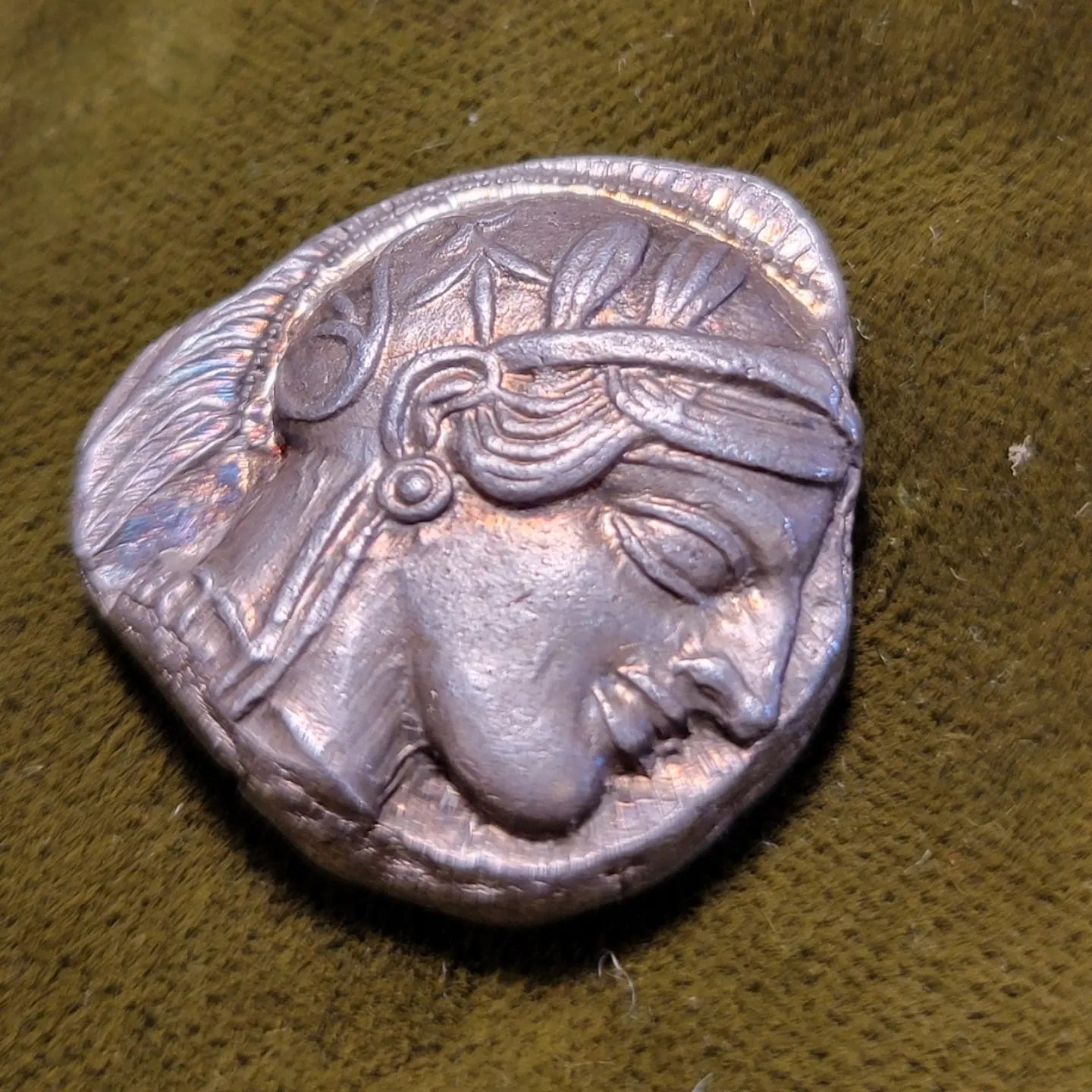
Ancient coins
From the growth and development of monetary systems from the ancient civilizations of Mesopotamia and Egypt to the establishment of coinage of the Greek and Roman worlds .
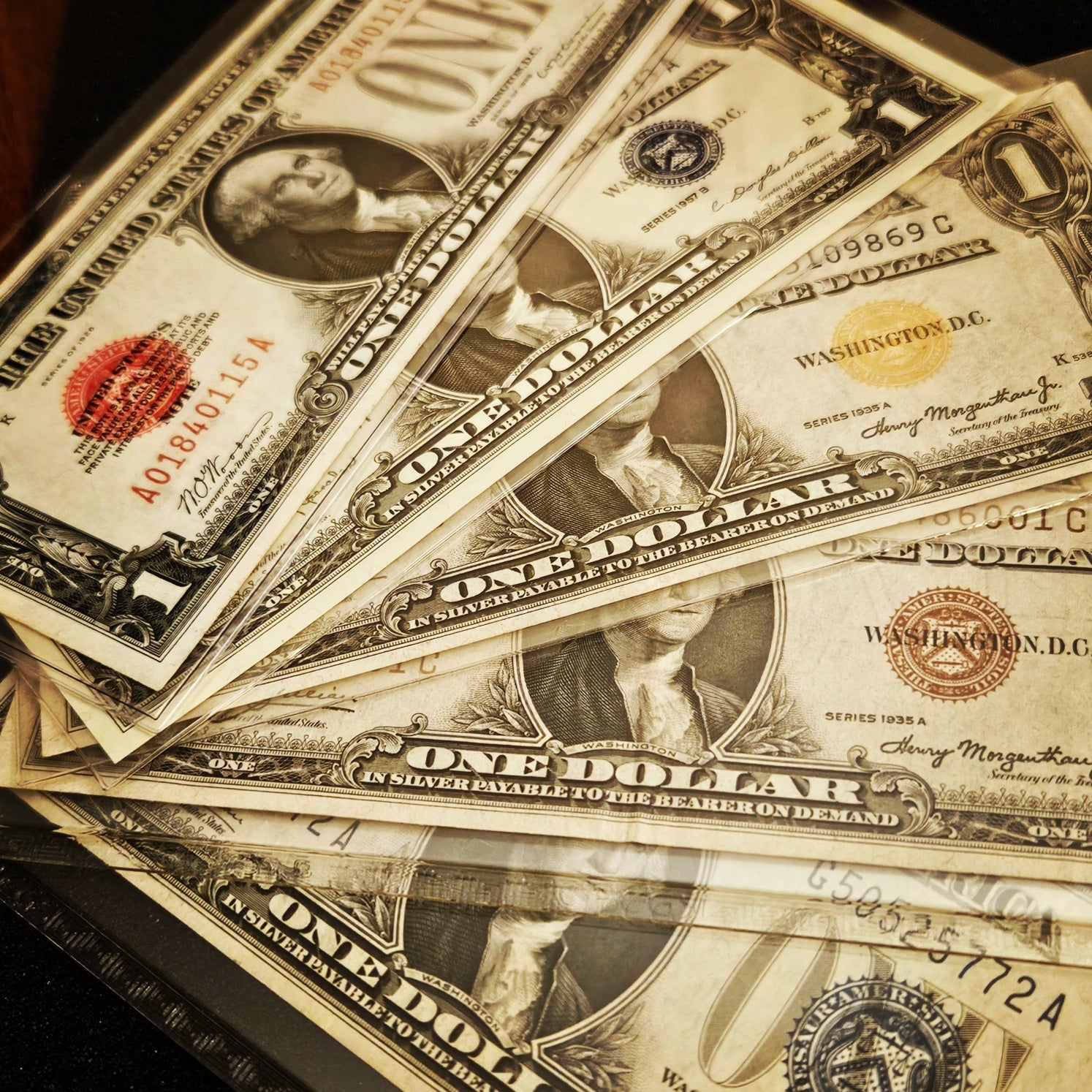
Early U.S. small size currency
During World War II, the US introduced emergency currency in specific areas, including Hawaii and North Africa, to safeguard economic interests and prevent the use of captured currency by the enemy.
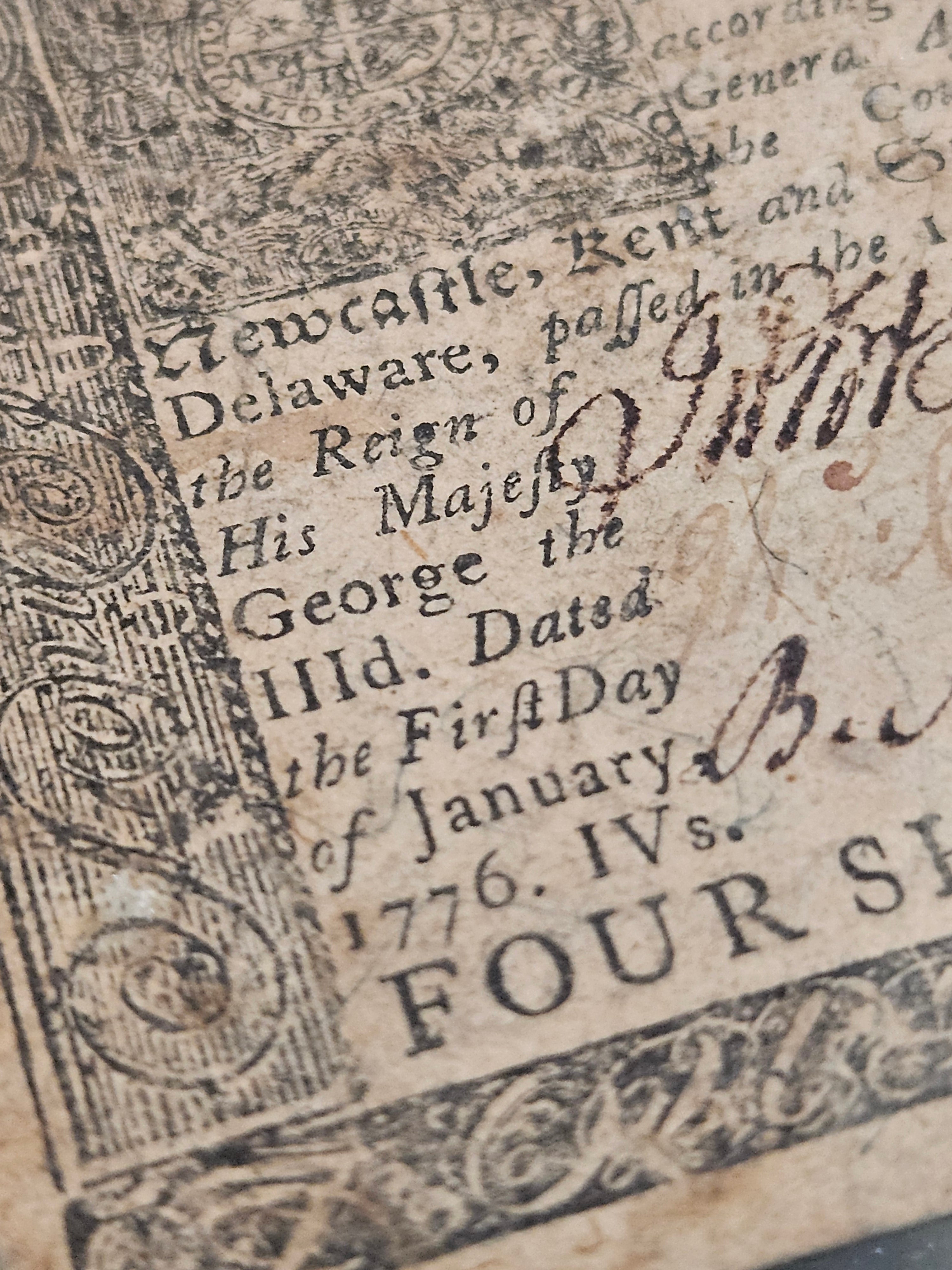
Colonial American Currency
Colonial currency in America was a mix of different systems, with coins, paper money, and even commodities like tobacco and beaver pelts serving as mediums of exchange. The British government restricted coin production in the colonies, leading to shortages and reliance on various forms of currency. Eventually, each colony began issuing their own paper money, but it often fluctuated in value due to inflation and counterfeiting.

Mexican Gold Coinage
These coins were part of a broader effort to stabilize Mexico's currency after the Mexican Revolution.They were intended to encourage commerce and savings in a recovering economy.The coins' gold content made them a valuable form of currency, and their designs reflected Mexico's cultural heritage.



